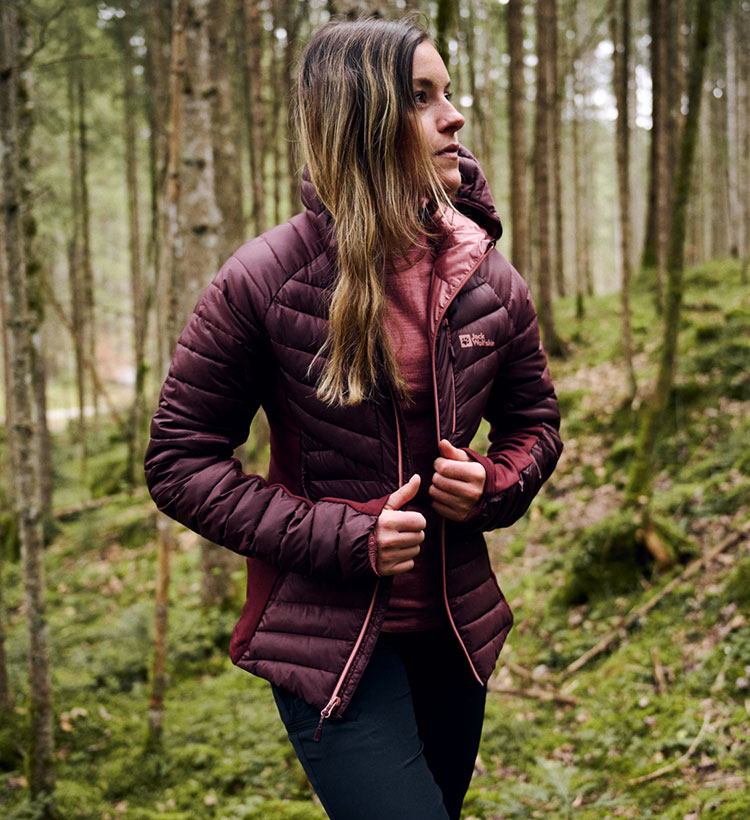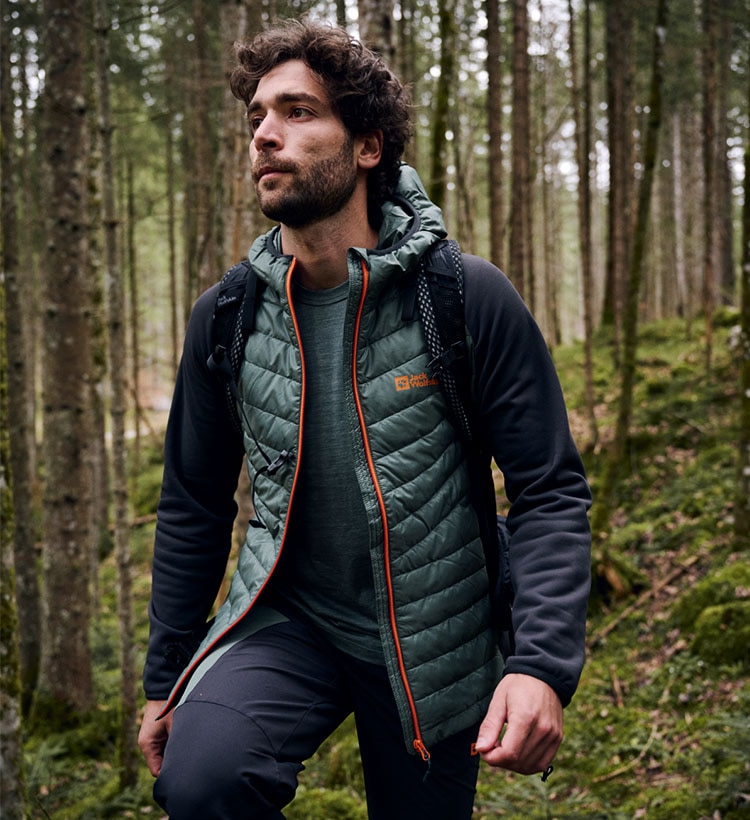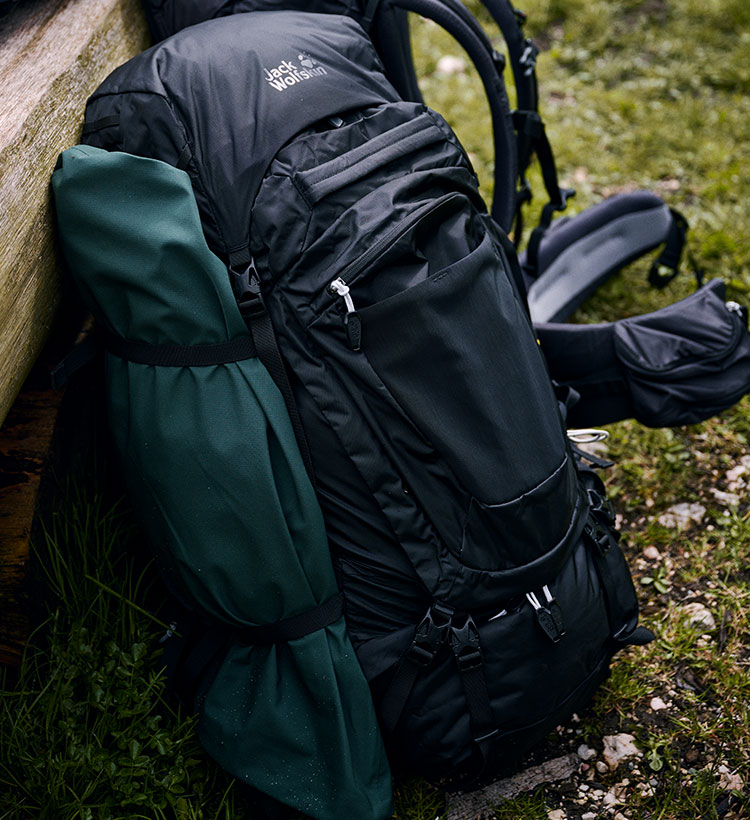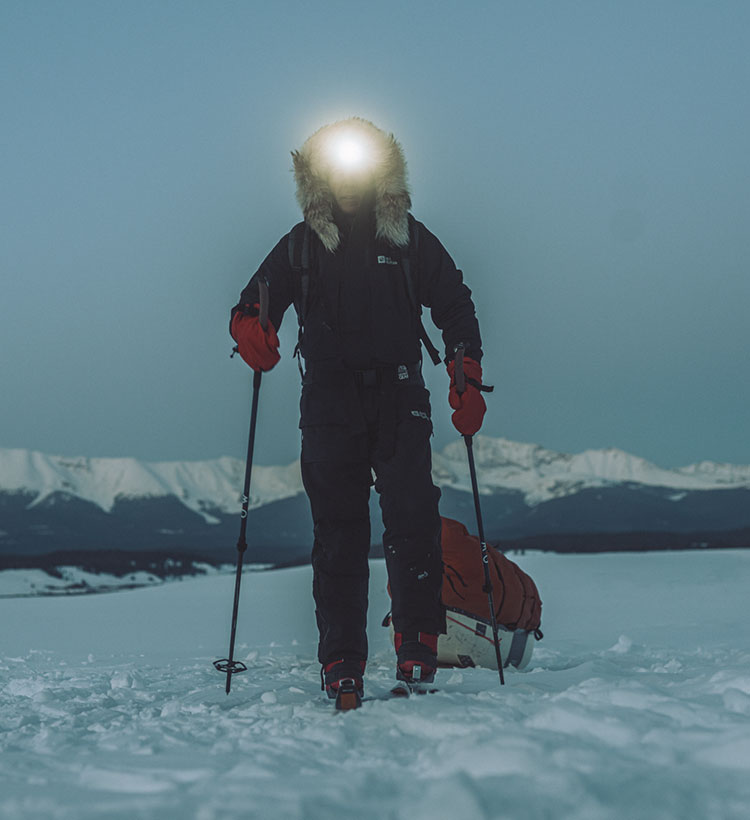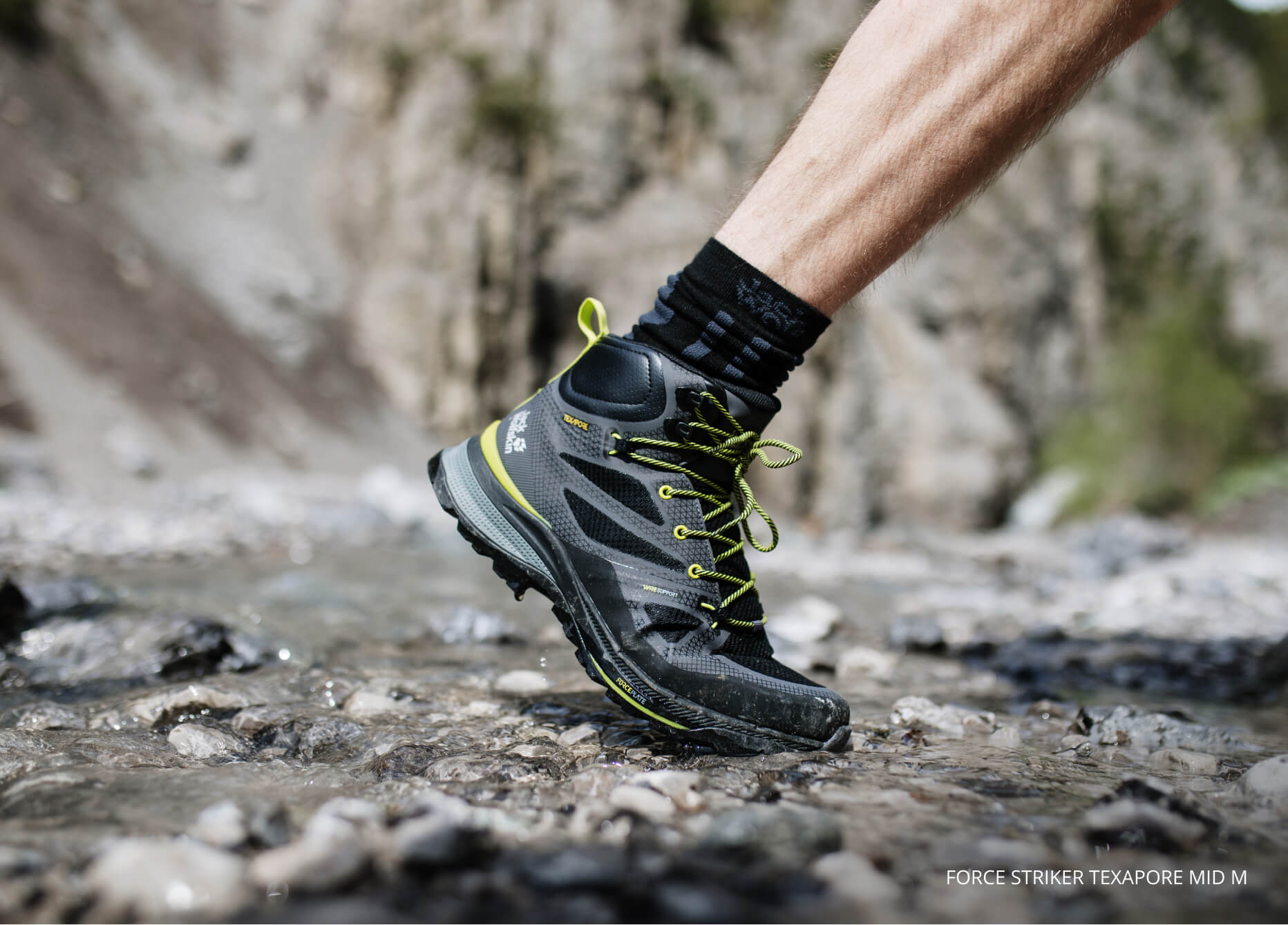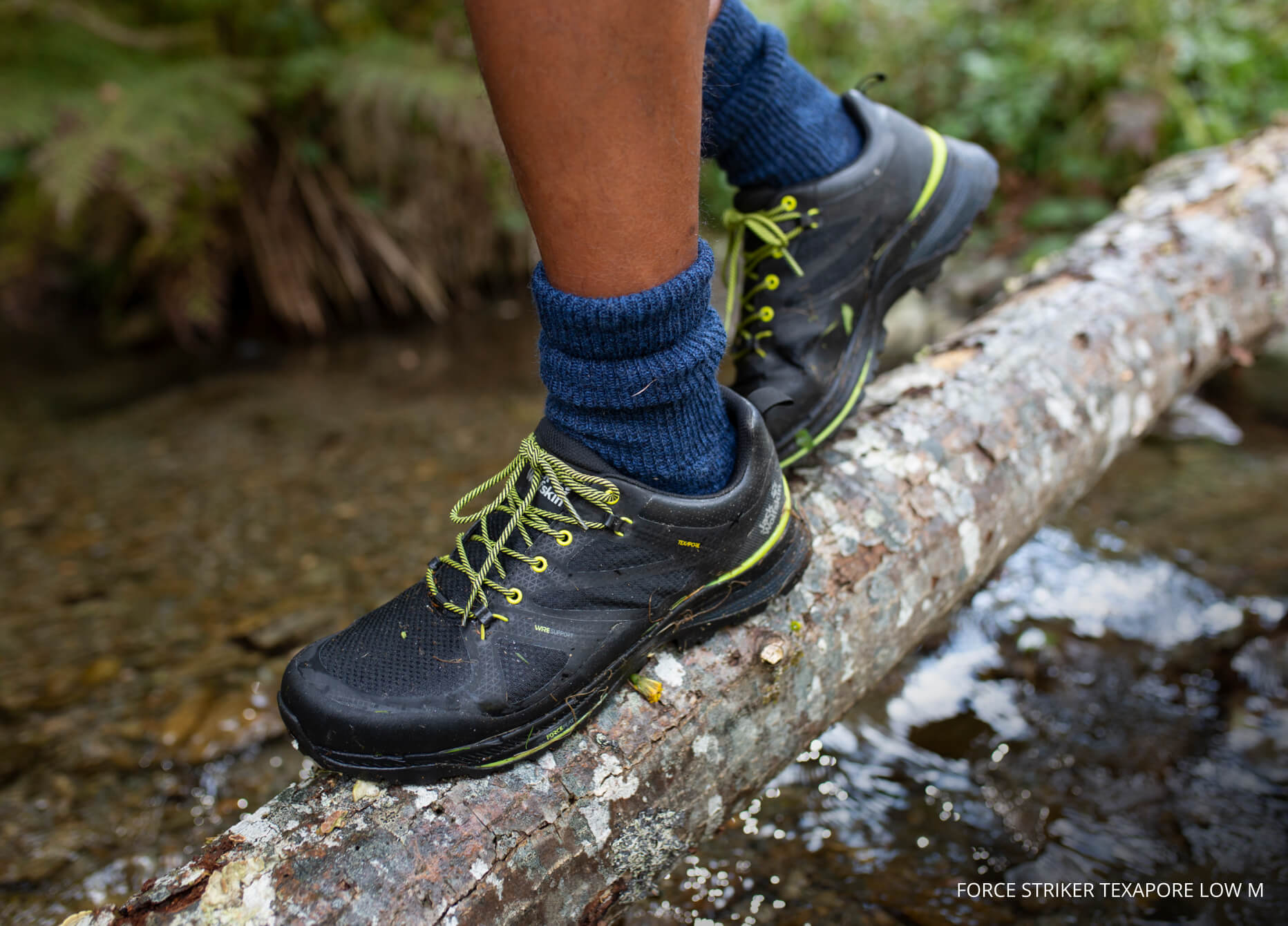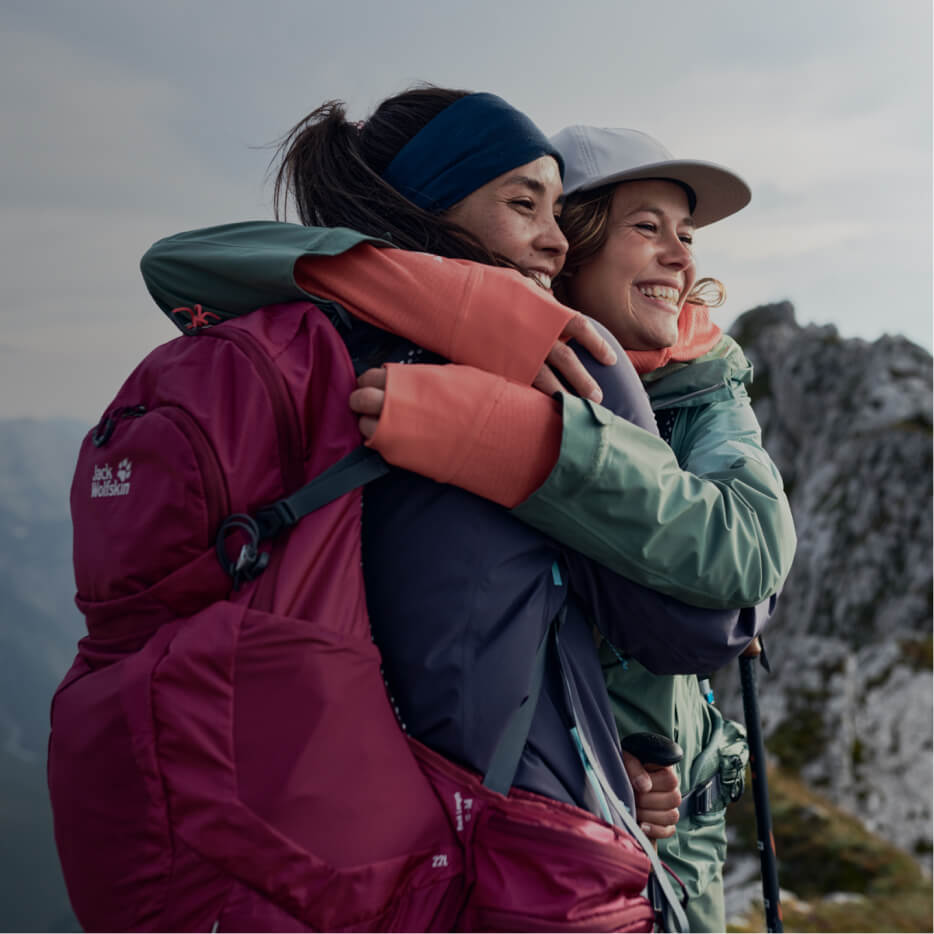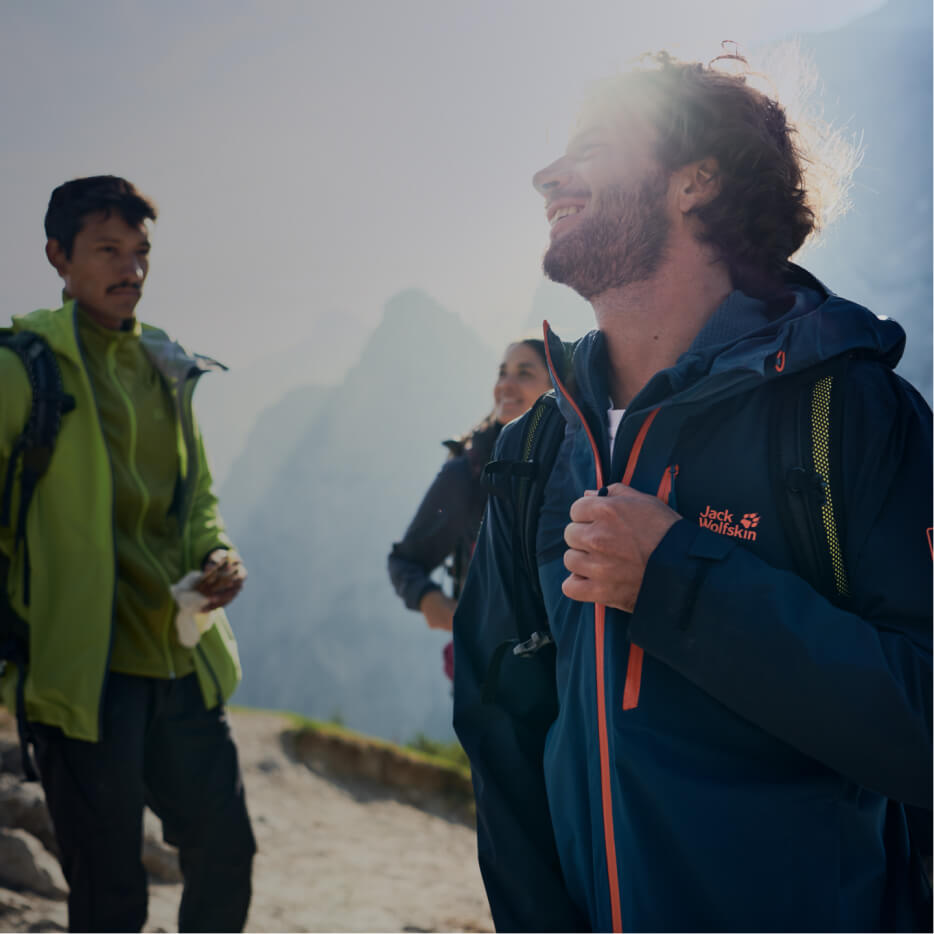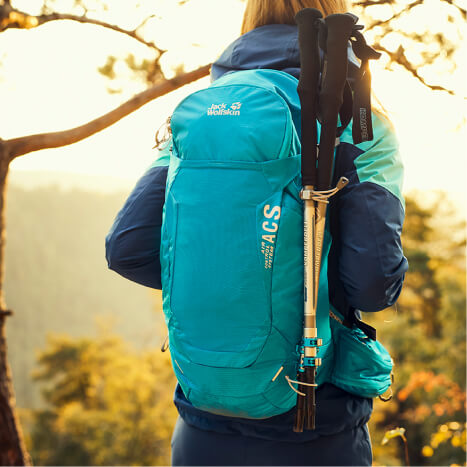Clothing
How to choose good hiking shoes
A good pair of hiking shoes provides support, protection, traction, and all-day comfort—key ingredients to an enjoyable hiking experience. There are a ton of hiking shoe options out there, and it can be daunting to know how to choose the right pair. From considering the terrain you’ll be hiking to choosing the right support, we cover it all in this guide.
When to Choose Hiking Shoes Instead of Boots
Hiking shoes are lightweight and supportive without being too bulky. While they don’t offer the same level of ankle support and protection as hiking boots, hiking shoes are a great choice if you’re not carrying a ton of weight (like a loaded backpacking pack) and if you’re planning on shorter hikes on well-defined trails.
Hiking shoes are also a good option for more seasoned hikers who have built up strong feet and legs and aren’t relying so much on the shoe for support.
If most of your on-trail adventures are multi-day backpacking trips or hiking rugged, technical terrain, opt for a hiking boot to support your ankles, protect your feet from hard objects, and reduce leg fatigue. We also recommend hiking boots to people who have had ankle or foot injuries or who feel like they require a little extra support.
Consider the Weather
Do you mostly hike in the desert? Does it rain a lot where you live? Consider the weather when you’re deciding on hiking shoes.
If you live in a mild, dry climate, a breathable, non-waterproof hiking shoe will keep your feet cool and comfortable. Many hikers prefer non-waterproof hiking shoes for most weather—even when there’s a chance of rain—because these shoes drain water and dry quickly, unlike a waterproof option.
If you’re hiking in a place that sees more rain than sun or you hike on trails that are packed with snow, waterproof hiking shoes will go a long way in keeping your feet warm, dry, and comfortable.

The Right Fit
Our feet tend to expand throughout the day, and that’s especially true when walking or hiking for a few hours. When trying on hiking shoes, make sure there is enough room in the toe box of the shoe—you don’t want your foot to feel squished. You also don’t want your heel to be slipping around as you walk, which will cause painful blisters.
Once you’ve laced up the shoe, tap your toe gently on the ground. In a well-fitting hiking shoe, your big toe won’t hit the front of the shoe when you do this, and the rest of your foot won’t be sliding around, either.
Wear your new shoes indoors for a few hours before heading out on the trail. We recommend starting out on a shorter hike to break in your hiking shoes before you embark on longer adventures.
Time to Choose
Now it’s time to make your choice! Consider your personal preferences and do some research to find which hiking shoes would work best for you and your needs. When it comes to hiking, it’s important to make sure you’re properly equipped to have a successful and enjoyable day of exploring. Hiking shoes should be at the top of your list — check out our collection of men’s hiking shoes and women’s hiking shoes.
